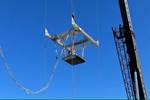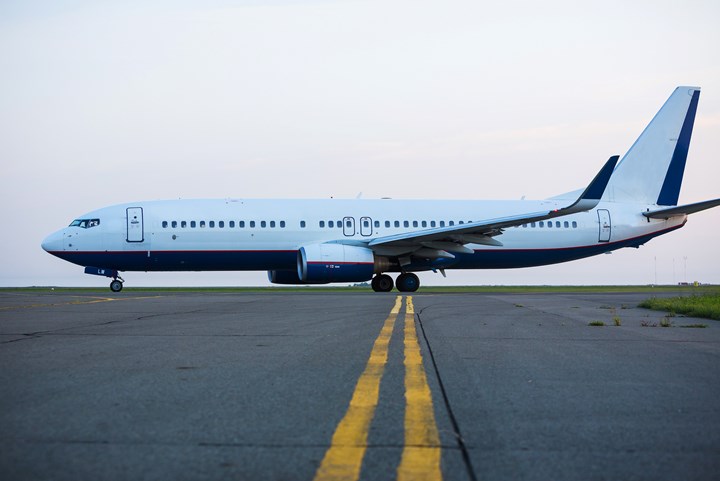FAA investigates fresh concerns over 787 aircraft production
A Boeing engineer has claimed that the Dreamliner’s composite fuselage assembly process is flawed, raising questions about the aircraft’s structural integrity.
Several notable news sources, including The New York Times, NPR and Reuters, have announced the Federal Aviation Adminstration’s (FAA) investigations into a whistleblower’s allegations regarding safety and quality concerns during the assembly of Boeing’s (Arlington, Va., U.S.) 787 and 777 jets.
Longtime Boeing engineer Sam Salehpour went public on April 9, with claims that he observed problems with how parts of the plane’s fuselage were fastened together. According to The New York Times, Salehpour publicly stated that “shortcuts that he believed Boeing was taking resulted in excessive force being applied to narrow unwanted gaps in the assembly connecting pieces of the Dreamliner’s fuselage … [leading to] deformation in the composite material.” This, in turn, would increase the effects of fatigue and lead to premature failure of the structure.
Boeing conceded manufacturing changes were made, but a spokesman for the company, Paul Lewis, said there was “no impact on durability or safe longevity of the airframe” after extensive testing of the aircraft.
Most sources agree that these allegations have come at a volatile time. Boeing has already come under fire this year for the Alaska Airline grounding, in which the aircraft manufacturer has been in discussions with Spirit AeroSystems to reacquire its former aerostructures unit after numerous reports surrounding quality issues. The New York Times also cites a host of other issues involving the 787, “including battery problems that led to the temporary grounding of 787s around the world and quality concerns that more recently caused an extended halt in deliveries,” not to mention additional issues at the Dreamliner facility in South Carolina.
Salehpour is expected to testify on Capitol Hill next week.
For more information, refer to Reuters’ report here and NPR’s announcement here.
Related Content
-
ASCEND program update: Designing next-gen, high-rate auto and aerospace composites
GKN Aerospace, McLaren Automotive and U.K.-based partners share goals and progress aiming at high-rate, Industry 4.0-enabled, sustainable materials and processes.
-
Infinite Composites: Type V tanks for space, hydrogen, automotive and more
After a decade of proving its linerless, weight-saving composite tanks with NASA and more than 30 aerospace companies, this CryoSphere pioneer is scaling for growth in commercial space and sustainable transportation on Earth.
-
The potential for thermoplastic composite nacelles
Collins Aerospace draws on global team, decades of experience to demonstrate large, curved AFP and welded structures for the next generation of aircraft.

















